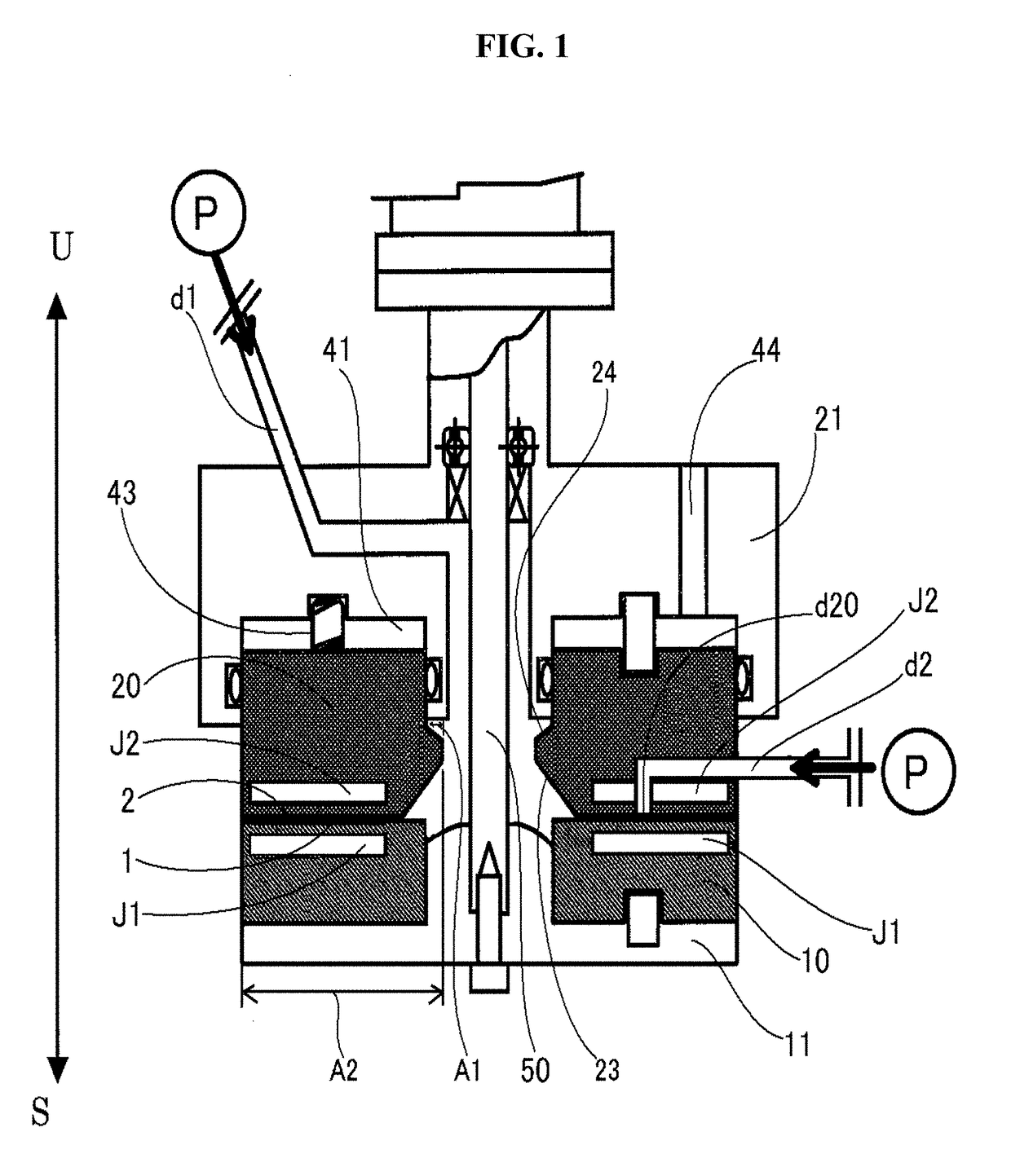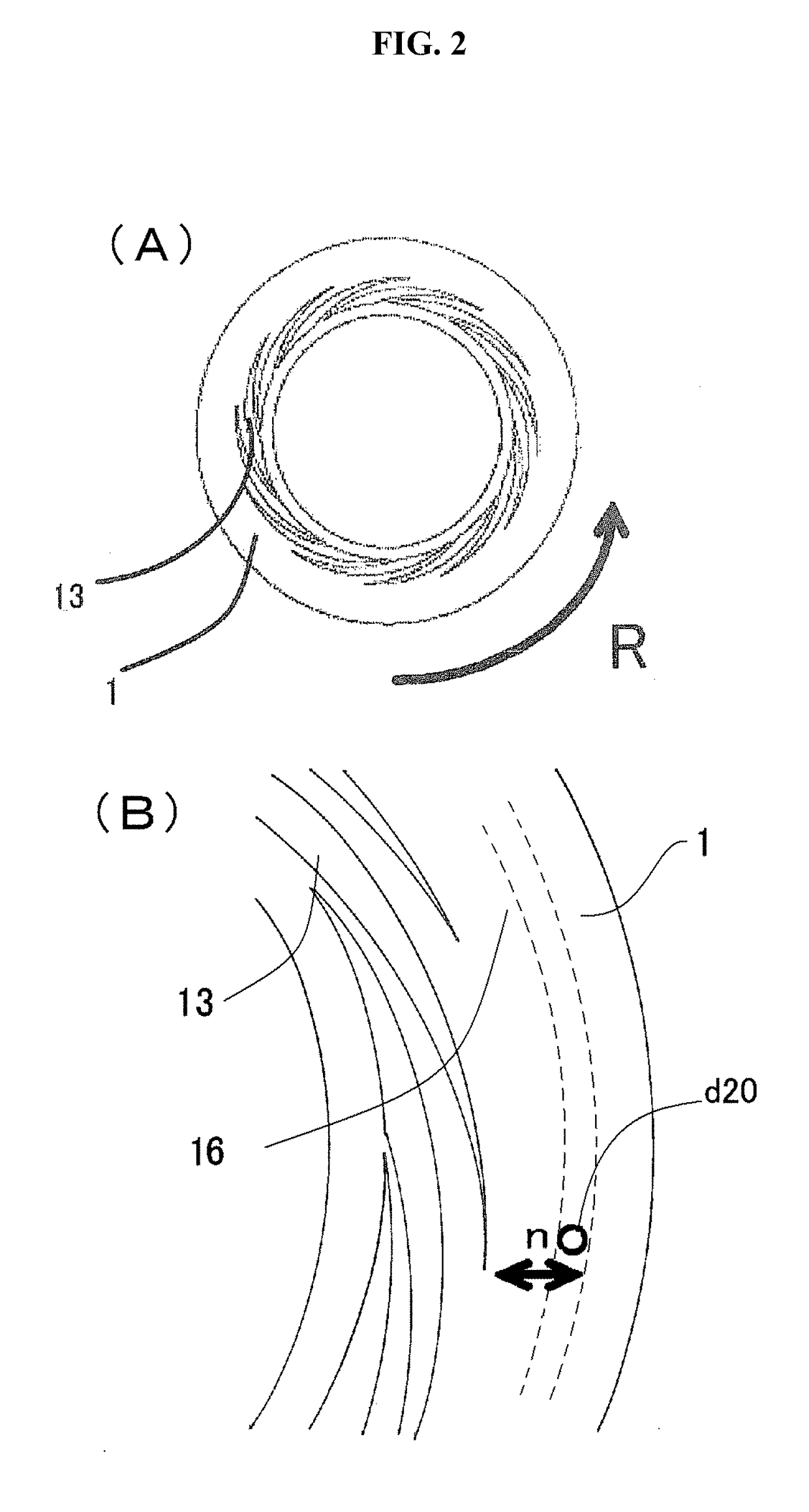Solid metal alloy
a solid metal alloy and alloy technology, applied in the field of solid metal alloys, can solve the problems of silver and nickel not mixing homogeneously, and the above-mentioned characteristics expected in the silver-nickel alloy are not fully realized, so as to suppress the migration of silver, and suppress the oxidation susceptibility possessed by copper
- Summary
- Abstract
- Description
- Claims
- Application Information
AI Technical Summary
Benefits of technology
Problems solved by technology
Method used
Image
Examples
Embodiment Construction
[0181]Hereunder, the metal alloys and the method for producing the same according to the present invention will be explained in detail.
[0182]In the present invention, there is no particular restriction as to the kind of the alloys, provided that the afore-mentioned two metals show the finely mixed state thereof in the level of nanometers in a specific region of the solid phase in which the at least two metals are eccentrically located in the alloy equilibrium diagram.
Kind of Alloys:
[0183]Specifically, a silver-copper alloy, a silver-copper-tin alloy, a silver-nickel alloy, a gold-nickel alloy, and a silver-antimony alloy may be exemplified.
[0184]In these alloys, specific regions of the solid phase in which the at least two metals are eccentrically located are shown in the alloy equilibrium diagrams, including the region which comprises mainly a eutectic body of the at least two metals to constitute the alloy, the region which contains an intermetallic compound, and the region which ...
PUM
| Property | Measurement | Unit |
|---|---|---|
| acceleration voltage | aaaaa | aaaaa |
| acceleration voltage | aaaaa | aaaaa |
| average particle diameter | aaaaa | aaaaa |
Abstract
Description
Claims
Application Information
 Login to View More
Login to View More - R&D
- Intellectual Property
- Life Sciences
- Materials
- Tech Scout
- Unparalleled Data Quality
- Higher Quality Content
- 60% Fewer Hallucinations
Browse by: Latest US Patents, China's latest patents, Technical Efficacy Thesaurus, Application Domain, Technology Topic, Popular Technical Reports.
© 2025 PatSnap. All rights reserved.Legal|Privacy policy|Modern Slavery Act Transparency Statement|Sitemap|About US| Contact US: help@patsnap.com



